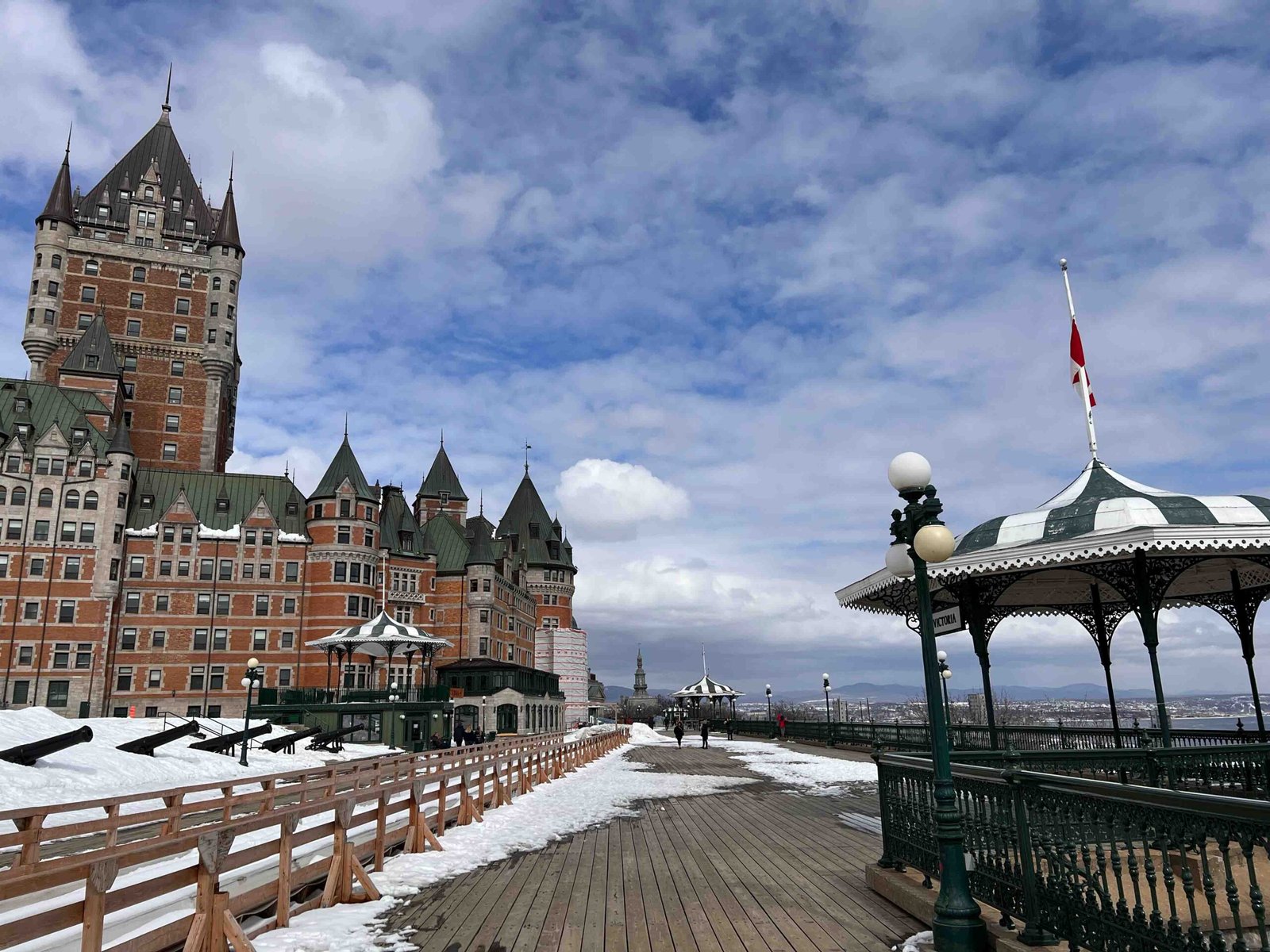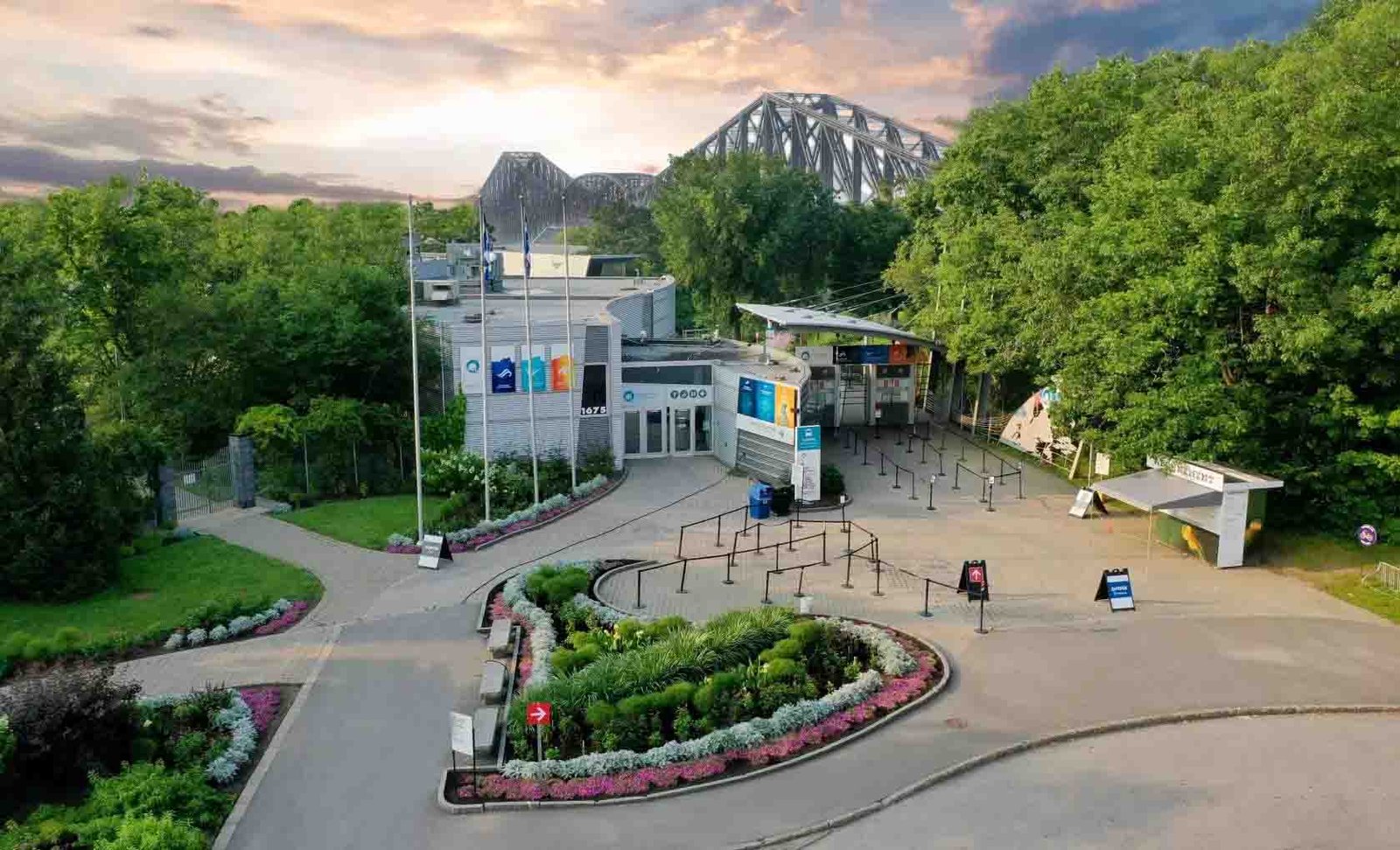Welcome to Winnipeg, Manitoba, a city known for its rich cultural diversity. With a population of over 700,000 people, Winnipeg has become a melting pot of various cultures and traditions from all over the world. Throughout its history, Winnipeg has been a hub for immigration, attracting people from different backgrounds and ethnicities. In this article, we will delve into the history of immigration in Winnipeg, the contributions of Indigenous peoples to the city’s cultural mosaic, the various ethnic enclaves and neighbourhoods that make up Winnipeg’s vibrant community, and the challenges faced by immigrants as they navigate their new lives in Canada. Join us as we celebrate the diversity of Winnipeg through its festivals and events that showcase its unique blend of cultures.
Introduction to Winnipeg, Manitoba
Winnipeg is the capital city of Manitoba, a prairie province located in the central part of Canada. It is the seventh-largest city in the country and home to over 700,000 people. Winnipeg’s geography is characterized by its flat terrain, rivers, and lakes. The Red River runs through the city, and the Assiniboine River joins it at The Forks, a historic site that has been a meeting place for Indigenous peoples for thousands of years. The city’s climate is continental, with cold winters and warm summers. Winnipeg is known for its extreme weather conditions, including frequent blizzards in winter and thunderstorms in summer.
The city was founded in 1738 as a trading post by French explorers and named Fort Rouge. In 1821, the Hudson’s Bay Company established a fur-trading post at The Forks, which became the company’s main headquarters in Western Canada. Winnipeg grew rapidly during the late 19th and early 20th centuries due to its strategic location as a transportation hub between eastern and western Canada.
Today, Winnipeg is a multicultural city that celebrates its diversity. It is home to many ethnic communities, including Indigenous peoples, Métis, Ukrainian, Filipino, Chinese, Vietnamese, Somali, and many others. The city’s rich cultural heritage is reflected in its food, festivals, music, and arts scene. Winnipeg is also a thriving economic centre with a diverse economy that includes manufacturing, agriculture, finance, education, healthcare, and tourism.
A Brief History of Immigration in Winnipeg
Winnipeg, the capital of Manitoba, has a rich history of immigration that dates back to the late 19th century. The city was established as a trading post and transportation hub, attracting immigrants from all over the world. The first wave of immigrants arrived in Winnipeg in the late 1800s and early 1900s, primarily from Eastern Europe. They were drawn to the city’s booming economy and job opportunities in industries such as agriculture, manufacturing, and transportation. In the following years, Winnipeg saw an influx of immigrants from different parts of Europe, including Germany, Italy, Ukraine, and Poland.
The 1960s brought a new wave of immigration to Winnipeg, this time from Asia. Chinese and Filipino immigrants came to the city seeking better economic opportunities for themselves and their families. Today, Winnipeg is home to a diverse population of immigrants from all over the world, including Africa, South America, and the Middle East.
Throughout its history, Winnipeg has faced challenges with immigration. Discrimination and racism towards newcomers have been prevalent at times. However, the city has also shown resilience and acceptance towards immigrants. Winnipeg has been recognized as a welcoming community for newcomers and has implemented various initiatives to help immigrants settle into their new lives in Canada.
Overall, immigration has played a significant role in shaping Winnipeg’s cultural landscape. The city’s diverse population has contributed to its vibrant arts scene, cuisine, and festivals celebrating different cultures. Winnipeg’s history of immigration serves as a reminder of the importance of acceptance and inclusivity towards newcomers in building strong and prosperous communities.
Indigenous Peoples in Winnipeg
Indigenous Peoples have been living in Winnipeg for thousands of years before the arrival of European settlers. Today, Winnipeg has the highest population of Indigenous Peoples in Canada with over 92,000 people identifying as Indigenous. The Indigenous Peoples in Winnipeg come from diverse backgrounds including First Nations, Inuit, and Métis communities. They have contributed significantly to the city’s cultural identity through their art, music, food, and traditions.
However, Indigenous Peoples in Winnipeg continue to face challenges such as discrimination, poverty, and social inequalities. The legacy of residential schools and forced assimilation policies have resulted in intergenerational trauma that still affects many Indigenous families today. Many Indigenous Peoples also experience homelessness and are overrepresented in the criminal justice system.
Despite these challenges, there are many organizations and initiatives working towards reconciliation and improving the lives of Indigenous Peoples in Winnipeg. The city is home to several Indigenous-led organizations such as the Manitoba Indigenous Cultural Education Centre and the Aboriginal Health and Wellness Centre. There are also various cultural events and celebrations throughout the year that showcase Indigenous culture and provide opportunities for education and understanding.
It is important to acknowledge and respect the land and traditions of the Indigenous Peoples who call Winnipeg home. By learning about their history and experiences, we can work towards building a more inclusive and equitable community for all.
The Mosaic of Cultures in Winnipeg
Winnipeg is a city that proudly celebrates its multicultural heritage. The city is a true mosaic of cultures, with residents from all corners of the globe. This rich diversity has created a unique and vibrant atmosphere, where different traditions and customs are respected and celebrated. Winnipeg’s cultural mosaic is reflected in its various neighbourhoods, each with its own distinct character and flavour. For example, the Exchange District is home to many art galleries, theatres, and music venues, while the West End is known for its ethnic restaurants and shops. Similarly, St. Boniface, the French quarter of the city, has a strong Francophone culture and hosts the famous Festival du Voyageur every winter.
The cultural mosaic of Winnipeg can also be seen in the city’s many museums and cultural institutions. The Canadian Museum for Human Rights explores human rights issues from around the world and features exhibits on the struggles faced by Indigenous peoples in Canada. The Manitoba Museum showcases the province’s natural and cultural history, including exhibits on the contributions of different immigrant groups to Manitoba’s development.
Overall, Winnipeg’s cultural mosaic is a testament to the city’s welcoming spirit and its commitment to diversity. It has created a truly unique and vibrant community that celebrates the differences that make us all unique.
Ethnic Enclaves and Neighbourhoods in Winnipeg
Winnipeg is home to several ethnic enclaves and neighbourhoods that are an integral part of the city’s cultural mosaic. One of the most prominent ethnic neighbourhoods in Winnipeg is the Exchange District, which is known for its historic buildings and warehouses that have been converted into art galleries, theatres, and restaurants. The Exchange District was once home to a thriving Jewish community and today, the area is still home to several synagogues and Jewish institutions. Another notable ethnic enclave in Winnipeg is Chinatown, which is located in the downtown area and is home to many Chinese-owned businesses, including grocery stores, restaurants, and herbal medicine shops. The neighbourhood also hosts the annual Chinese New Year celebrations, which attract visitors from all over the city.
Other ethnic enclaves in Winnipeg include Little Italy, which is located in the West End and is known for its Italian restaurants and cafes; St. Boniface, which has a strong Francophone community; and the North End, which has a large Indigenous population. The North End is also home to several immigrant communities, including Filipino, Vietnamese, and Somali communities.
While these ethnic enclaves and neighbourhoods add to Winnipeg’s cultural diversity, they also face unique challenges. Many of these neighbourhoods are low-income areas that struggle with poverty, crime, and social isolation. However, community organizations and residents are working hard to address these issues and create safe and welcoming spaces for all who call these neighbourhoods home.
Challenges Faced by Immigrants in Winnipeg
Despite being a cultural melting pot, Winnipeg is not without its challenges for immigrants. One of the most significant issues faced by newcomers is finding employment that matches their skills and qualifications. Many immigrants end up taking low-paying jobs or working in industries that are completely unrelated to their previous experience. Language barriers can also be a significant obstacle, as many newcomers struggle with English or French, the official languages of Canada. This can make it difficult for them to communicate effectively, find work, or even navigate day-to-day tasks such as grocery shopping or using public transport. Additionally, cultural differences can also pose challenges, such as adjusting to different social norms or navigating the healthcare system. Some immigrants also face discrimination or racism, which can be particularly challenging and isolating. Despite these challenges, many immigrant communities in Winnipeg have banded together to create support networks and resources for newcomers. Non-profit organizations such as Immigrant Centre Manitoba and the Manitoba Interfaith Immigration Council offer a range of services including language classes, job search assistance, and counselling. The city of Winnipeg has also made efforts to welcome and support immigrants through initiatives such as the Mayor’s National Summit on Racial Inclusion and the Welcoming Winnipeg strategy, which aims to create a more inclusive and welcoming city for all residents.
Celebrating Diversity: Festivals and Events in Winnipeg
Winnipeg is a city that celebrates its diversity through various festivals and events held throughout the year. The Folklorama festival, which takes place in August, is the largest and most popular multicultural event in Winnipeg. It showcases more than 40 pavilions, each representing a different culture with traditional food, music, dance and costumes. Another significant festival is the Winnipeg International Jazz Festival, held in June, which brings together musicians from different parts of the world to perform in various venues across the city. The festival features jazz music along with other genres such as blues, funk and Latin music. Additionally, the Manitoba Filipino Street Festival is a colourful and vibrant event that takes place in June and celebrates the Filipino culture through food, music, dance and fashion. Other notable festivals include the Winnipeg Pride Festival in July, which celebrates the LGBTQ+ community, and the ManyFest in September, which is a three-day street festival that offers a wide range of activities for all ages such as live music, food trucks, artisan markets and more. These events not only provide an opportunity for people to celebrate their cultural heritage but also promote intercultural understanding and appreciation among different communities. They showcase the richness and diversity of Winnipeg’s cultural landscape and provide a platform for people to come together and learn from each other.
As we have seen, Winnipeg is a cultural melting pot that offers a rich tapestry of diverse cultures, traditions and histories. It is a city that has been shaped by the contributions of various communities, from the Indigenous peoples to the waves of immigrants who have made it their home. While there are challenges faced by newcomers in terms of integration and discrimination, there are also many initiatives and events that celebrate diversity and promote social cohesion. Winnipeg’s multiculturalism is not just a matter of demographics, but an ongoing process of dialogue, interaction and exchange between different groups. As we continue to navigate the complexities of multiculturalism in our globalised world, Winnipeg’s example invites us to reflect on how we can create inclusive societies that recognise and value difference as a source of strength rather than division.
Population in province:
Alberta, British Columbia, Manitoba, New Brunswick, Newfoundland and Labrador, Nova Scotia, Ontario, Prince Edward Island, Quebec, Saskatchewan
Population in city:
Calgary, Edmonton, Vancouver, Victoria, Winnipeg, Fredericton, Moncton, St. John’s, Halifax, Toronto, Ottawa, Charlottetown, Montreal, Quebec City, Saskatoon, Regina






Pingback: Population in city Regina, province Saskatchewan – Things to do in Canada
Pingback: Population in city Moncton, province New Brunswick – Things to do in Canada